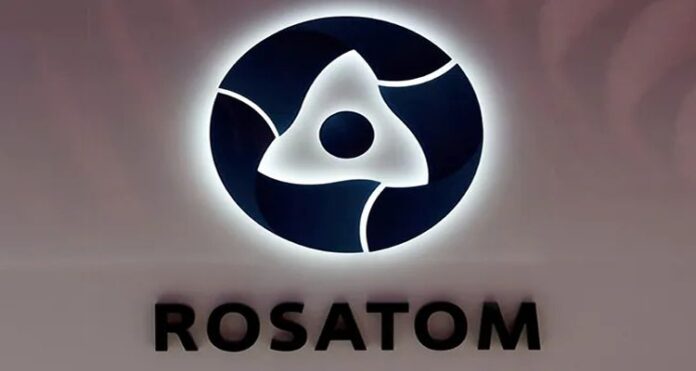| Translate This News In |
|---|
The only business that offers the fuel that US companies need to build a new generation of modest nuclear power plants to help reduce carbon emissions is Russian. Because of this, the US government is scrambling to find ways to utilize part of its weapons-grade uranium stockpile to fuel new, more powerful reactors and launch an industry that it believes is essential for nations to reach their net-zero emissions targets globally.
According to a US Department of Energy (DOE) spokeswoman, “Production of HALEU is a key mission and all initiatives to boost its production are being studied.”
Nuclear power is once again gaining popularity as a result of the energy crisis brought on by the conflict in Ukraine. Smaller, next-generation reactors are supported on the grounds that they are more effective, easier to construct, and might accelerate the transition away from fossil fuels.
But developers are concerned that they won’t get orders for their facilities if there isn’t a consistent supply of the high assay low enriched uranium (HALEU) the reactors need. Additionally, prospective fuel providers are reluctant to start up commercial supply networks to replace the Russian uranium without orders.
According to the spokeswoman, the US government is now deciding how much of its 585.6 tonnes of highly enriched uranium should be used in reactors.
Washington has always been concerned about Russia’s monopoly on HALEU, but the conflict in Ukraine has altered the dynamic since neither the government nor the businesses creating the new, highly sophisticated reactors want to be dependent on Moscow.
HALEU is enriched up to 20% as opposed to the uranium used in the majority of nuclear power reactors, which is enriched at around 5%. However, the only firm now selling HALEU commercially is TENEX, a subsidiary of Rosatom, the state-owned nuclear energy enterprise of Russia.
Since Ukraine is crucial to the global nuclear sector, Western nations have not imposed sanctions on Rosatom; nonetheless, American power plant developers like X-energy and TerraPower do not want to rely on a Russian supply chain.
Poultry and Egg
Around 10% of the world’s electricity is presently produced by nuclear energy, and several nations are actively looking into new nuclear projects to increase their energy security and supply, as well as assist them reach their targets for reducing greenhouse gas emissions.
However, given that large-scale projects continue to face difficulties due to factors such as prohibitive up-front costs, project delays, cost overruns, and competition from less expensive energy sources like wind, some developers have suggested “compact modular reactors” (SMR).
Nine out of ten of the advanced reactors sponsored by Washington are HALEU-based, in contrast to the SMRs offered by businesses like EDF and Rolls-Royce that utilise the same fuel and current technology.
These cutting-edge plants, according to their supporters, are three times more efficient than conventional versions and need less frequent refuelling. Despite the fact that the designs have not yet undergone extensive commercial testing, some experts believe this indicates they will eventually surpass traditional nuclear technology.
According to statistics from the research organisation the Energy Innovation Reform Project, the average levelized cost of electricity, the cost at which advanced projects must operate to break even, is $60 per megawatt-hour as opposed to $97 for traditional plants.


















